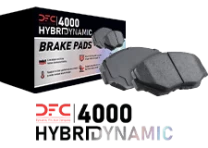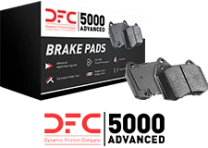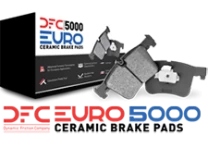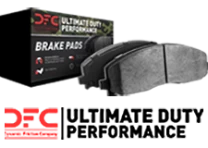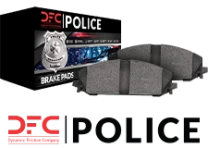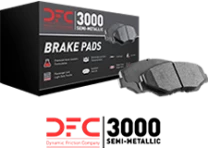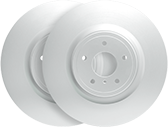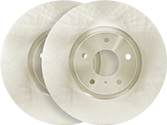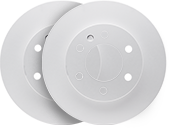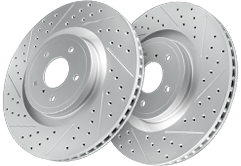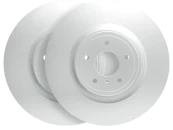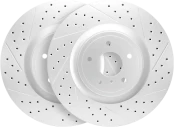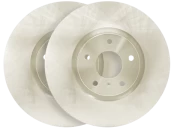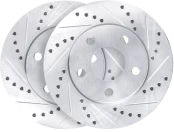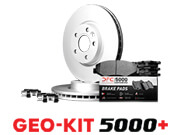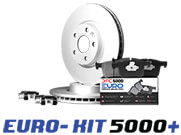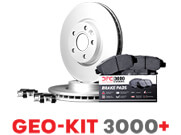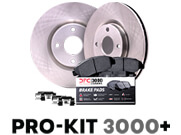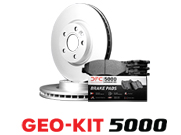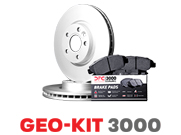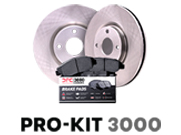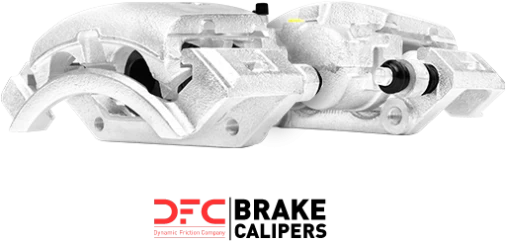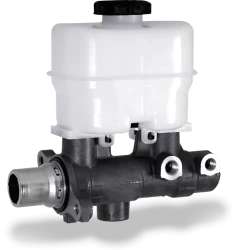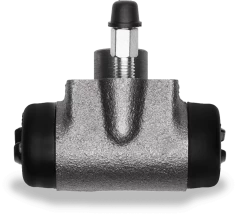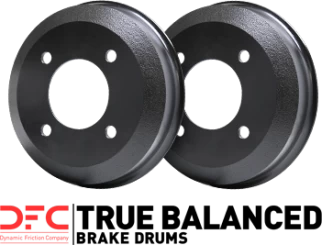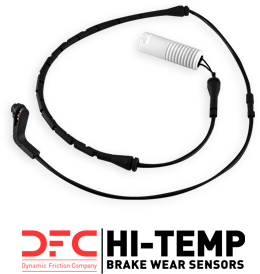
Introduction
Fleet maintenance is all about efficiency. Whether you’re managing a municipal fleet, a commercial delivery operation, or a repair shop servicing fleet accounts, minimizing downtime and maintenance costs is essential. One of the most effective—yet often overlooked—ways to streamline operations is by standardizing brake components.
Here’s how choosing consistent, high-quality brake parts across your fleet can help reduce costs, simplify inventory, and improve long-term performance. These advantages are especially valuable for fleet owners seeking to control expenses.
1. Introduction to Fleet Management
Fleet management is the backbone of any business that depends on commercial vehicles, trucks, or company cars to deliver goods and services. It involves more than keeping vehicles roadworthy—it’s about optimizing every facet of operations to reduce costs, minimize downtime, and boost efficiency.
Modern fleet management leverages technology such as fleet management software to track vehicles, monitor fuel use, and schedule preventive maintenance. This proactive approach helps businesses avoid costly repairs and unplanned downtime, ultimately improving profitability and safety.
2. Lower Inventory Overhead
When vehicles across a fleet require different brake parts, inventory management becomes a challenge. Standardizing brake components allows you to:
- Reduce the number of SKUs in stock
- Minimize overstocking and obsolescence
- Free up valuable warehouse space
With fewer part numbers to manage, restocking becomes more efficient. DFC supports this approach by offering extensive coverage for high-VIO and fleet-dominant vehicle platforms.
3. Simplified Maintenance Procedures
Standardized brake systems lead to streamlined service protocols, resulting in:
- Faster turnaround times
- Reduced training requirements
- Lower risk of installation errors
Whether technicians are rotating between vehicles or working across locations, a standardized setup ensures consistent, reliable workflows—reducing maintenance variability and boosting productivity.
4. Reduced Downtime for Fleet Vehicles
Every hour a vehicle is out of commission costs your business. Standardizing parts helps reduce downtime by eliminating common repair delays caused by:
- Misidentified parts
- Inconsistent component performance
- Waiting on hard-to-source items
- Unplanned breakdowns
DFC’s reliable inventory and high fill rates ensure that standardized parts are readily available and quickly shipped—keeping your fleet moving.
5. Improved Cost Control and Forecasting
Using uniform brake parts makes it easier to:
- Track performance and wear rates
- Predict replacement intervals
- Secure bulk pricing agreements
This predictability simplifies budgeting and improves cost forecasting, particularly for high-utilization fleets where brake maintenance is a significant expense.
6. Enhanced Safety and Performance
Consistency in brake components supports safer, more reliable vehicle operation by:
- Ensuring uniform braking performance
- Streamlining diagnostics and troubleshooting
- Reducing performance-related service calls
DFC’s brake pads, rotors, and hardware are engineered for fit and durability, helping fleets maintain safety without sacrificing quality or fuel efficiency.
7. The Role of Fleet Managers in Standardization
Fleet managers are central to successful standardization. Their responsibilities include overseeing maintenance schedules, monitoring driver behavior, and ensuring compliance with safety protocols.
By using fleet management software, they can implement standardized maintenance workflows, optimize route planning, and promote safe driving practices. This leads to fewer surprises, lower costs, and more reliable fleet performance.
8. Implementing Standardization Across Fleets
To roll out standardization successfully, fleet managers should:
- Develop clear maintenance policies and procedures
- Communicate expectations to drivers, technicians, and stakeholders
- Use data and analytics tools to monitor compliance and outcomes
Standardizing essential tasks—such as brake inspections and replacements—reduces wear and tear, extends vehicle lifespan, and increases overall fleet efficiency.
9. Monitoring Progress and Evaluating Effectiveness
Ongoing evaluation is key to long-term success. Fleet managers should track KPIs such as:
- Vehicle downtime
- Fuel consumption
- Maintenance and repair costs
By leveraging real-time data, managers can identify trends, adjust strategies, and optimize resource allocation. This data-driven approach ensures that standardization efforts deliver measurable, sustained value.
Conclusion
Standardizing brake parts across your fleet—whether for a dozen vehicles or a thousand—isn’t just smart maintenance; it’s a strategic advantage. From simplifying inventory to reducing service time and costs, the benefits compound across every vehicle and repair cycle.
Partner with DFC to streamline your fleet’s brake systems and start driving down maintenance costs with confidence.
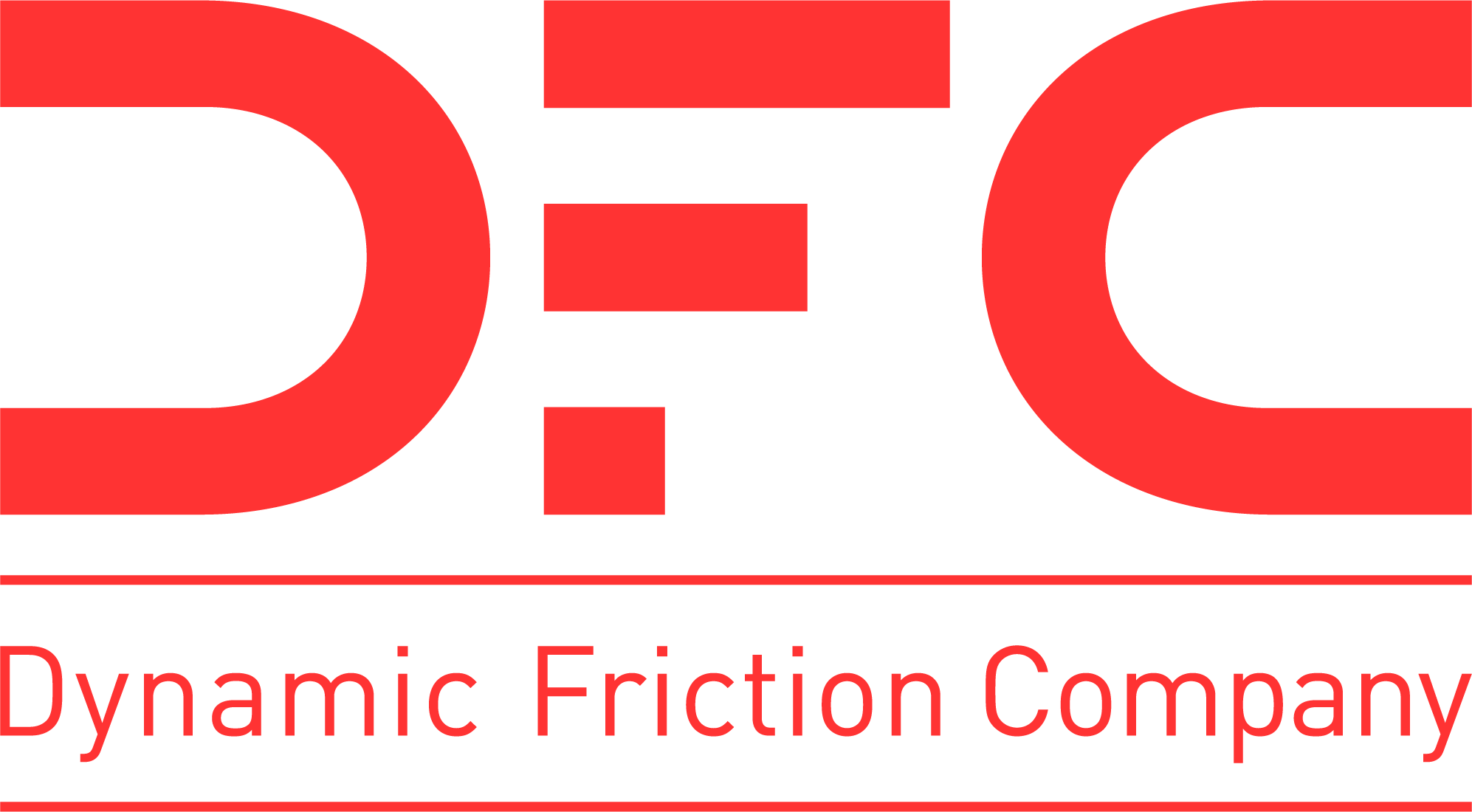
 UNITED STATES
UNITED STATES
